SPI Programmable-Gain Amplifier with Input VOS Trim and Output OPAMP
- Rajkumar Sharma
- 239 Views
- easy
- Tested
- SKU: EL120691
- Quote Now
The project presented here is an SPI programable Gain Amplifier using MAX9939. The MAX9939 is a general-purpose, differential-input programmable-gain amplifier (PGA) that is ideal for conditioning a variety of wide dynamic range signals such as those found in motor current-sense, medical instrumentation, and sonar data acquisition applications. It features SPI-programmable differential gains from 0.2V/V to 157V/V, input offset-voltage compensation, and an output amplifier that can be configured either as a high-order active filter or to provide a differential output.
The PGA is optimized for high-signal bandwidth and its gain can be programmed to be 0.2V/V, 1V/V, 10V/V, 20V/V, 30V/V, 40V/V, 60V/V, 80V/V, 119V/V, and 157V/V. Precision resistor matching provides extremely low gain tempco and high CMRR. Although the MAX9939 operates from a single supply VCC between 2.9V to 5.5V, it can process signals both above and below ground due to the use of an input level-shifting amplifier stage. Furthermore, its inputs are protected to ±16V, allowing it to withstand fault conditions and signal overranges. The output amplifier is designed for high bandwidth and low-bias currents, making it ideal for use in multiple-feedback active filter topologies that offer much higher Qs and stopband attenuation than Sallen-Key architectures. The MAX9939 draws 3.4mA of quiescent supply current at 5V, and includes a software-programmable shutdown mode that reduces its supply current to only 13µA.
Key Features
- Operating Power Supply 3V to 5V DC
- SPI-Programmable Gains: 0.2V/V to 157V/V
- Extremely Low Gain Tempco
- Integrated Amplifier for R/C Programmable Active Filter
- Input Offset-Voltage Compensation
- Input Protection to ±16V
- 13µA Software Shutdown Mode
- -40°C to +125°C Operating Temperature Range
- 10-Pin µMAX Package
- Amplification
- Differential to Single-Ended Conversion
- Differential-Input, Differential-Output Signal
- Medical Signal Conditioning
- Sensor Interface and Signal Processing
- Sensorless Motor Control
- Sonar and General-Purpose Data Acquisition
- PCB Dimensions 37.94 x 15.72mm
Schematic
Example Application
Parts List
| NO | QNTY. | DESC. | REF. | MANUFACTURER | SUPPLIER | PART NO |
|---|---|---|---|---|---|---|
| 1 | 1 | CN1 | 5 PIN MALE HEADER PITCH 2.54MM | WURTH | DIGIKEY | 732-5318-ND |
| 2 | 1 | CN2 | 5 PIN MALE HEADER PITCH 2.54MM | WURTH | DIGIKEY | 732-5318-ND |
| 3 | 1 | CN3 | 5 PIN MALE HEADER PITCH 2.54MM | WURTH | DIGIKEY | 732-5318-ND |
| 4 | 8 | C1,R2,R3,C4,R5,C5,C7,C8 | DNP | USER DEFINED | ||
| 5 | 1 | C2 | 10uF/25V SMD SIZE 1206 | MURATA/YAGEO | DIGIKEY | |
| 6 | 2 | C3,C10 | 0.1uF/50V SMD SIZE 0805 | MURATA/YAGEO | DIGIKEY | |
| 7 | 1 | C6 | 4K7PF/50V SMD SIZE 0805 | MURATA/YAGEO | DIGIKEY | |
| 8 | 1 | C9 | 220PF/50V SMD SIZE 0805 | MURATA/YAGEO | DIGIKEY | |
| 9 | 1 | D1 | LED SMD SIZE 0805 | LITE ON INC | DIGIKEY | 160-1427-1-ND |
| 10 | 3 | R1,R7,R10 | 0E SMD SIZE 0805 | MURATA/YAGEO | DIGIKEY | |
| 11 | 2 | R4,R8 | 66.5K 1% SMD SIZE 0805 | MURATA/YAGEO | DIGIKEY | |
| 12 | 1 | R6 | 121K 1% SMD SIZE 0805 | MURATA/YAGEO | DIGIKEY | |
| 13 | 1 | R9 | 1.21K 1% SMD SIZE 0805 | MURATA/YAGEO | DIGIKEY | |
| 14 | 1 | R11 | 1K 1% SMD SIZE 0805 | MURATA/YAGEO | DIGIKEY | |
| 15 | 1 | U1 | MAX9939AUB | ANALOG DEVICE | DIGIKEY | MAX9939AUB+CT-ND |
| C1, C2 AND C8 = SIZE 1206 | ALL OTHER RESISTORS AND CAPACITORS = SIZE 0805 |




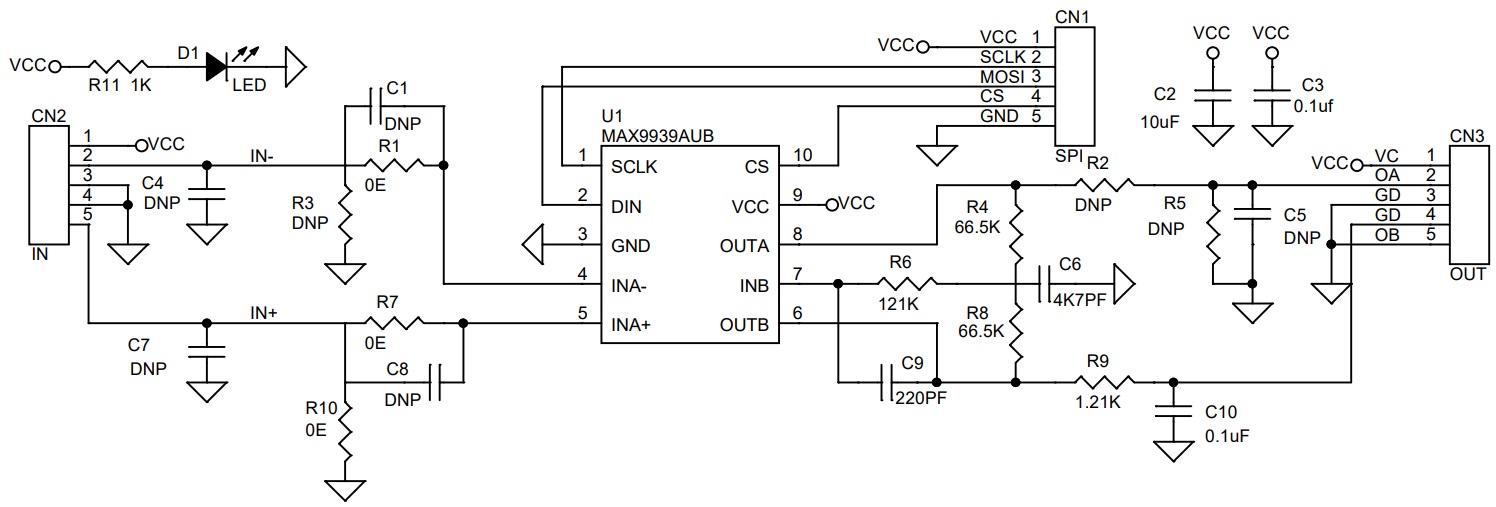
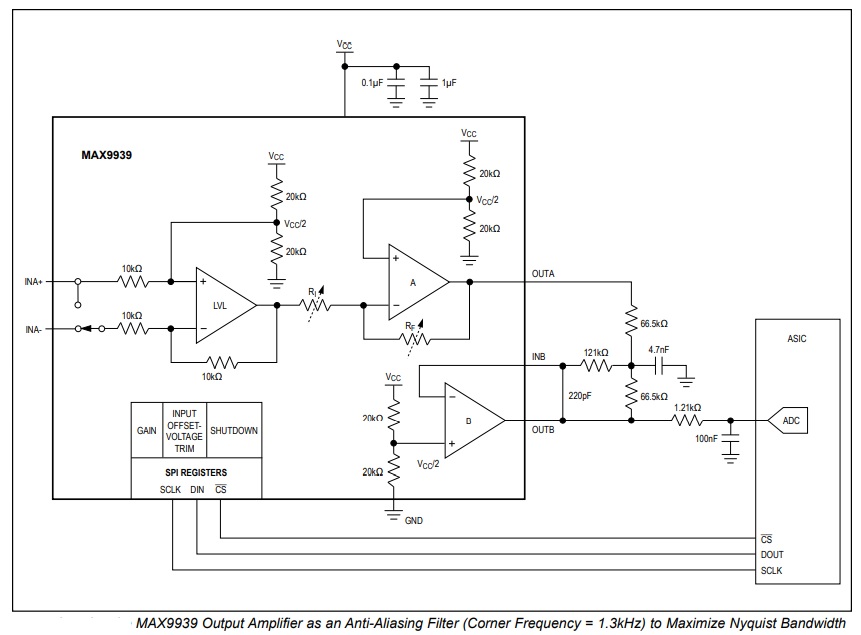
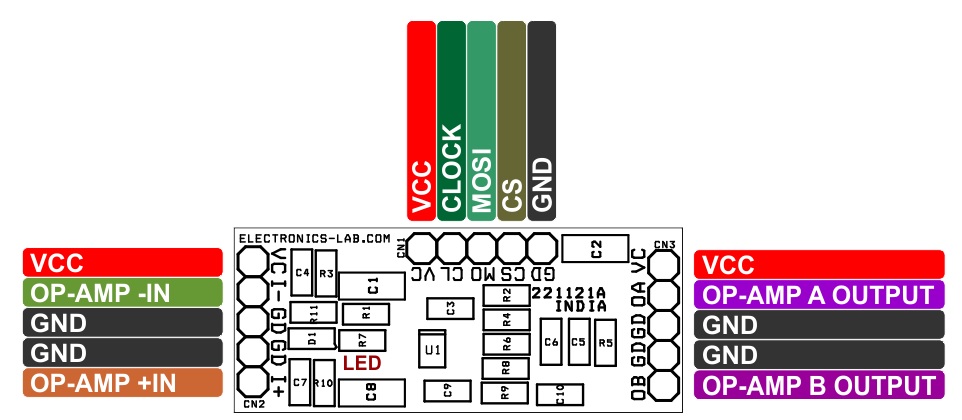





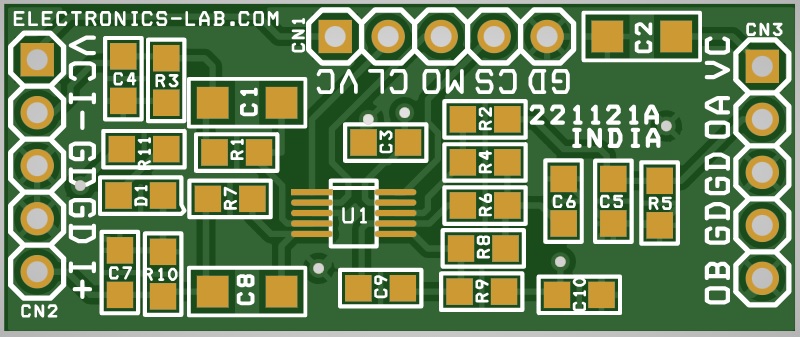
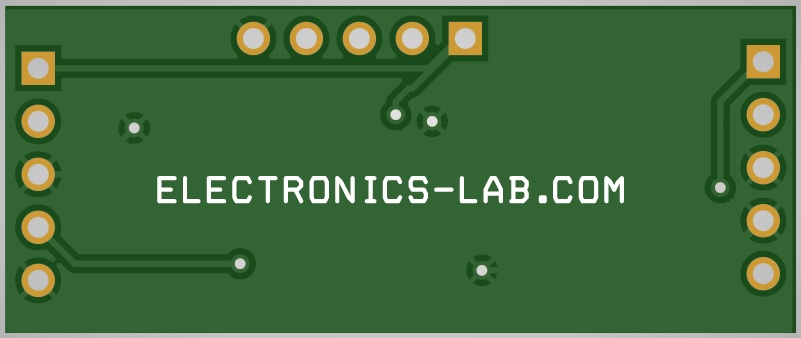
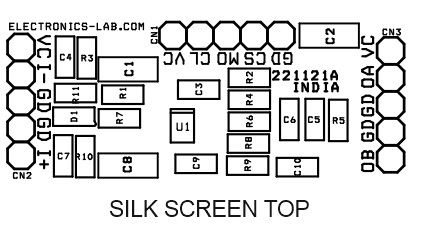
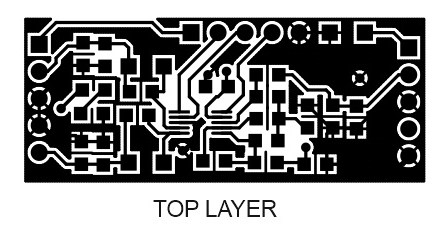
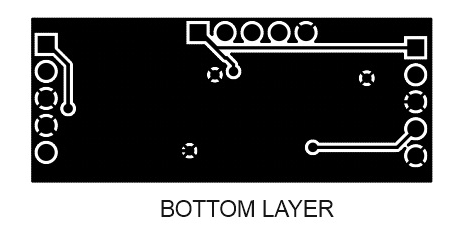





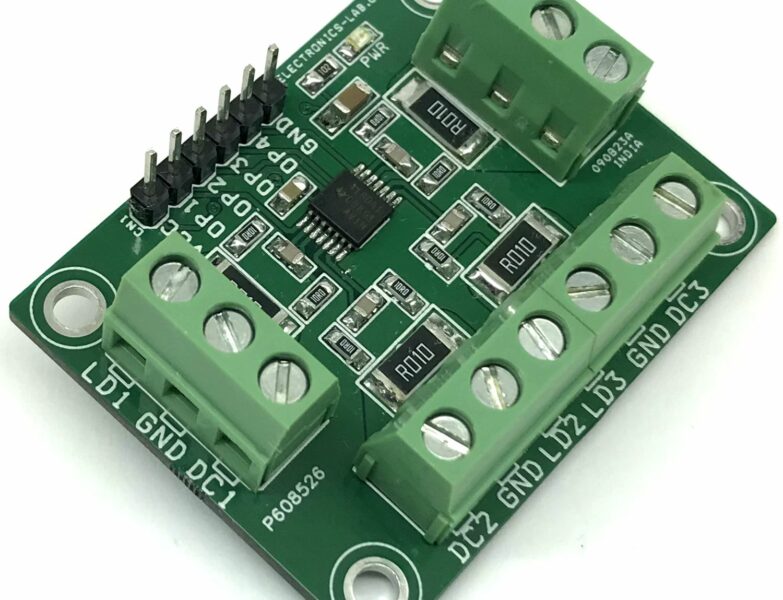
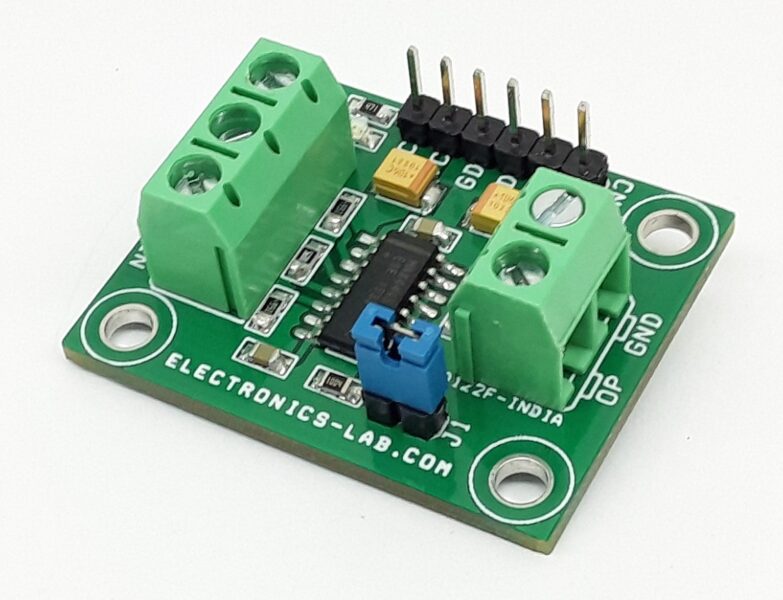
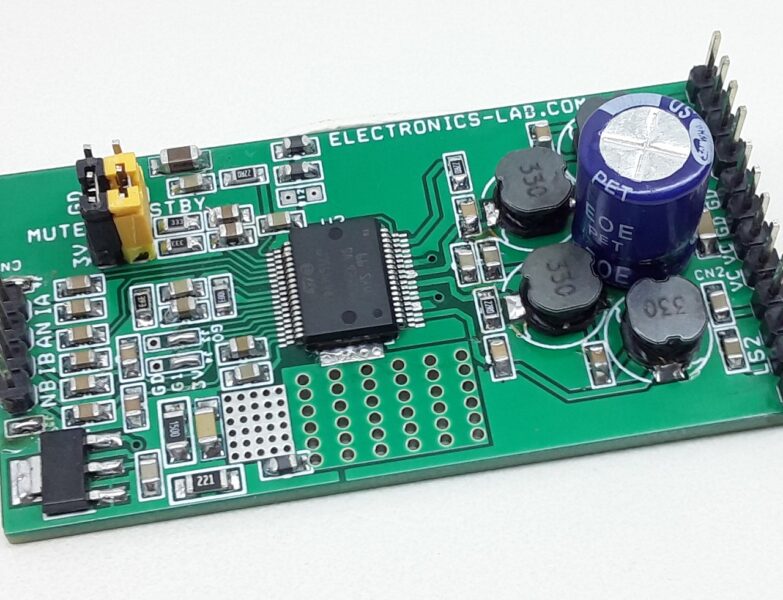
what’s the input impedance?
Not sure, can’t find it in the datasheet.